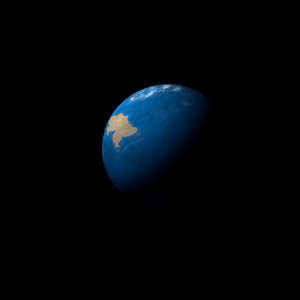|
|
Space Astro
|
Info for exoplanet "Hyrtheus"
| Scientific (actual) data |
|---|
| Name | Kepler-1616 b |
| Planet status | Confirmed |
| Radius | 0.091 |
| Orbital period | 6.76284 |
| Discovered | 2016 |
| Updated | 2021-02-05 |
| Tconj | 2454970 |
| Publication | Announced on a website |
| Detection type | Primary Transit |
| Alternate names | 2MASS J19061047+4518175 b, K04585.01, KIC 9009036 b, KOI-4585 b, KOI-4585.01, WISE J190610.47+451817.5 b |
| Star name | Kepler-1616 |
| Right ascension | 286.54° |
| Declination | 45.3° |
| Mag j | 12.523 |
| Mag h | 12.263 |
| Mag k | 12.228 |
| Star distance | 862 |
| Star metallicity | 0.02 |
| Star mass | 1.21 |
| Star radius | 1.34 |
| Star age | 2.75 |
| Star temperature | 6266 |
| Star alternate names | 2MASS J19061047+4518175, KIC 9009036, KOI-4585, WISE J190610.47+451817.5 |
| Wikipedia article | Kepler-1616 b |
Back
| |
| Fictional info (?) |
|---|
| Suggested name | Hyrtheus |
| Planet type | Cold planet |
| It was the one of the first exoplanets visited by a spacecraft, and one of the first to be successfully landed on. |
| Atmosphere | Xenon | 92% |
| Ammonium hydrosulfide (NH4SH) | 7.3% |
| Ozone | 0% |
| Atmospheric pressure | 9 bar |
 |
| No known satellites |
| Google search for Hyrtheus |
|
Website by Joachim Michaelis
|
|
|
|